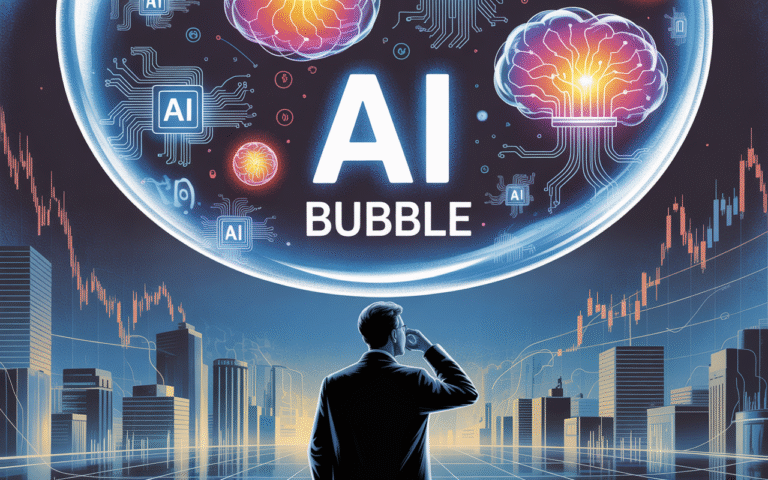Sam Altman Warns of AI Market 'Overexcitement' and Potential 'Bubble'

In a rapidly evolving technological landscape, the words of industry leaders often serve as critical signposts. Recently, Sam Altman, the visionary CEO of OpenAI, has sounded a note of caution amidst the prevailing exuberance surrounding Artificial Intelligence. Altman expressed his concerns about what he perceives as ‘overexcitement’ in the AI market, particularly highlighted by the industry’s reaction to the perceived debut of GPT-5. His comments have reignited a crucial debate: is the AI industry heading towards a bubble?
The AI Gold Rush: Hype vs. Reality
The past few years have witnessed an unprecedented surge in interest and investment in Artificial Intelligence. From venture capital pouring into promising startups to tech giants racing to acquire AI talent and develop cutting-edge models, the sector has been in a state of hyper-growth. However, Altman’s remarks suggest a growing disconnect between market enthusiasm and the tangible, consistent progress of AI development. The ‘perceived disappointing debut’ of new models, while subjective, can serve as a potent reminder that not every breakthrough lives up to the most optimistic expectations.
This ‘overexcitement’ isn’t just about technological capabilities; it extends to valuations. Many AI companies, even those with limited revenue, are commanding multi-billion dollar valuations, fueled by speculative investment and the promise of future disruption. This creates an environment where market sentiment might be outpacing fundamental business principles.
Echoes of the Past: A Familiar Pattern?
The tech world is no stranger to boom-and-bust cycles. Memories of the dot-com bubble of the late 1990s and early 2000s are still fresh for many. During that era, internet companies, irrespective of their profitability or sustainable business models, saw their stock prices skyrocket before a dramatic collapse. While the AI landscape today is fundamentally different, with more robust underlying technology and clearer paths to monetization in many areas, Altman’s warning encourages introspection.
Key indicators of a potential bubble often include: speculative investment, where funding is driven by the fear of missing out rather than sound financial analysis; inflated valuations for companies with unproven revenue models; and a general euphoria that overshadows critical assessment. Altman’s ‘overexcitement’ aligns with many of these classic signs, prompting a necessary re-evaluation of current market dynamics.
Navigating the Hype Cycle: Implications for the AI Ecosystem
A potential AI bubble burst, or even a significant correction, would have far-reaching implications. For investors, it could mean a re-calibration of risk appetite and a greater focus on companies with strong fundamentals, clear use cases, and sustainable revenue streams. For startups, it might necessitate a pivot towards profitability and efficient capital utilization rather than relying solely on continuous rounds of venture funding.
Crucially, a more sober market could ultimately benefit the long-term health of the AI industry. By filtering out speculative ventures and redirecting resources towards truly innovative and impactful projects, the sector could mature into a more stable and sustainable ecosystem. The focus would shift from sheer hype to genuine progress and real-world value creation.
Conclusion: A Call for Measured Optimism
Sam Altman’s warning is not an indictment of AI’s potential, but rather a prudent call for moderation and discernment. The power of Artificial Intelligence to transform industries and improve lives remains immense. However, like any revolutionary technology, its development and integration must be approached with a blend of optimism and realism. Distinguishing between genuine innovation and market-driven ‘overexcitement’ will be critical for ensuring that the AI revolution builds on solid foundations, avoiding the pitfalls of a speculative bubble and paving the way for sustained, impactful progress.


